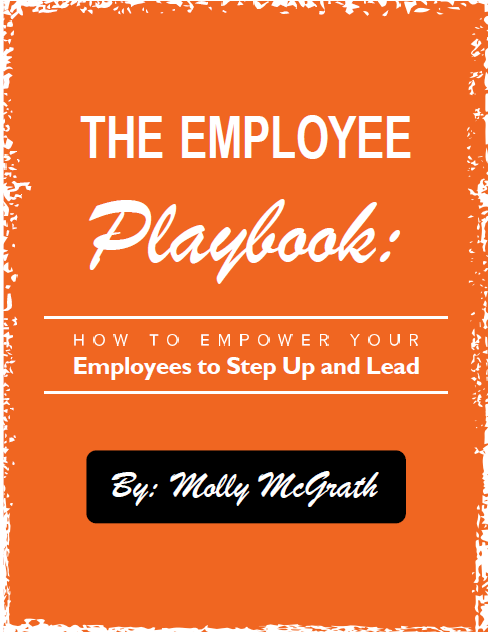 Time and time again we see attorneys cross our desk who are frustrated with their production.
Time and time again we see attorneys cross our desk who are frustrated with their production.
They are unable to produce the results that they set out to and they can’t understand why. There are multiple reasons, but the biggest mistake law firms make is trying to cross-train every person on the team. Attorneys like to cross-train because they want to make sure everybody knows how to do everything in case somebody quits, needs to be fired, or has a prolonged absence. The rationale seems like it makes sense, right? But in all honesty, it creates more confusion, causes people to quit, and ultimately diminishes the results you are trying to produce.
So what’s the right way? The breakdown in creating the results you want actually comes about because people are uncertain what their role is. You hire a new employee and you want to be sure she knows all aspects of the business. Then, as you start to add to your team, you seek out new members with similarly broad skills. By the time your third employee comes on board, we see this phenomenon called cross-training. One of the first calls we often conduct is to take law firms through a diagnostic of who’s doing what to reach goals. And we are just floored by how this seemingly one?hour call is turning into three separate one?hour calls. We have such a challenge getting the attorneys to agree to let each member of their team have a designated role. They want to make certain that everybody knows how to do everything, just in case.
But you can’t live your life according to the exceptions. You have to create the rules.
So what are the rules? The rules are that you have defined job descriptions, you have designated people who are working in departments or within their job descriptions, and they understand how 80 percent of their day?to-day life impacts your goals. Then, if you do have to fire someone, if you do have an employee leave, or if, God forbid, your employee does have a tragic accident or illness, your business can still operate. It can operate because you will have job descriptions, you will have a training plan, and you will know who is doing what to reach goals. So if something goes awry, you will have a path and a plan to be able to plug in the person who is going to take up the ball.
So the difference between cross-training and “what’s my role” is simple: cross-training is blunt force trauma day in and day out. Cross-training is reacting. Cross-training is operating by the seat of your pants and crossing your fingers that you hit the bull’s eye. Operating by “what’s my role” is defined job descriptions, defined process, defined system and a path to reach goals. “What’s my role” is very much proactive, with intentionality, and with a process to track, measure, and make certain nothing falls through the cracks.
Because at the end of the day, the mentality and the intentionality of making certain that everybody knows how to do everything really has an underlying current of a lack of trust — not necessarily a lack of trust in the people on your team, but a lack of trust that they know what the hell they’re doing, what you’re striving for, and where the North Star is. The “what’s my role” approach, and how you’re designing that and how you’re getting there, is very, very, very much the path and plan to achieving your goals.
So, with two weeks remaining in the old year, what are you doing differently as you step into the New Year?
Champions of your success,
Molly and Laney

